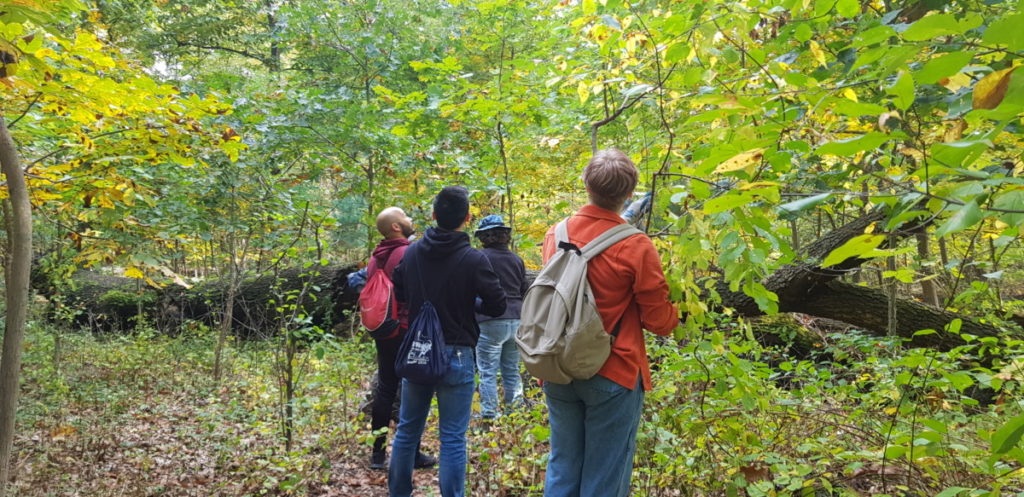
John Butler pulled at a cluster of vines in Van Cortlandt Park and ripped them out of the ground. It sounded similar to walking on fresh snow, but the volunteers agreed: the sound can’t match the satisfaction of the action itself.
“Here’s a tree that is ten years old and we’re giving it a chance to be 400,” Butler said.
Butler, Van Cortlandt Park’s program director of restoration and stewardship, was one of a handful of people who gathered Saturday morning in the park. As part of his job, he guided volunteers to help maintain the park’s health by removing non-indigenous plants.
Removing these plants is the work of volunteers, specifically the Van Cortlandt Alliance, which was formed in 2019.
“Having a larger staff would be nice, but… community input is important, especially in an urban heart where so many people live right next to it,” Butler said.
Van Cortlandt Park is New York City’s third-largest park and is home to many different animals and plants. It contains 86.2 acres that are protected, which is 88% of all protected wetland acres in the Bronx.
The group’s mission on this Sunday was to remove bittersweet, a plant that strangles trees, causing them to die. Ripping out the vines of the invasive species to protect the trees preserves the forest’s biodiversity. Without it, the park would be at risk.
“If we had the same species… [one] disease will wipe out the entire forest,” Butler said.
However, the importance of biodiversity is one part of the events, and the connection between the volunteers is another. As part of the Van Cortland Park Alliance, years of ripping out vines have sparked a connection. The group’s demographic ranged widely, from volunteer veterans such as Norma Silva, who is involved in 15 non-profits, to a Fordham student who attended as part of his urban ecology class.
“It’s a nice community, I met my partner here,” musician Chris Chalfant said.
According to Nat Xu, the natural areas volunteer coordinator, the events serve as a way for community members to feel ownership over the park; a way to connect with the nature that surrounds you. Especially during the pandemic, the work and network provided a purpose.
“The trees talk to you,” Chalfant said.
Butler, dubbed as a walking encyclopedia, named trees by giving them one look, compared leaves to mittens and ghosts, and lifted rocks in search of salamanders.
“I like to think of [trees] as skyscrapers filled with insects,” he said

